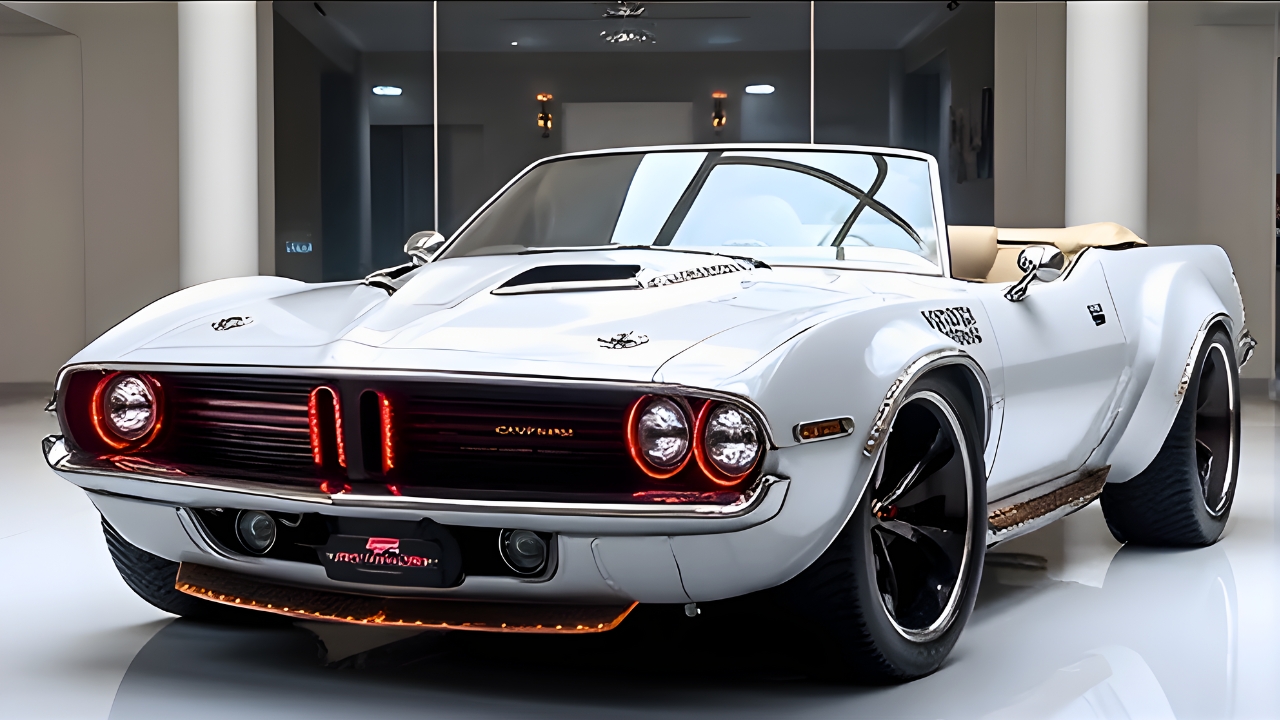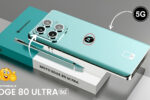Among the many legendary cars that defined the golden era of American muscle, few hold a status as revered as the 1971 Plymouth Cuda Convertible. Known for its aggressive styling, raw power, and exclusivity, this car represents the ultimate expression of Mopar performance. With its iconic Hemi engine and bold design, the 1971 Cuda Convertible remains one of the most sought-after and valuable classic cars ever produced.
A Brief History of the Plymouth Cuda
The Plymouth Cuda, a performance-oriented version of the Plymouth Barracuda, made its debut in the late 1960s. Designed to compete with other muscle cars of the era like the Chevrolet Camaro and Ford Mustang, the Cuda quickly established its own identity through powerful engines and striking designs. By 1970, Plymouth had redesigned the Cuda on Chrysler’s E-body platform, giving it a wider stance and a more aggressive look.
However, it was the 1971 model year that truly captured attention. The 1971 Plymouth Cuda Convertible was the final year of the first-generation body style and came with several distinctive updates. The twin headlamps, shark-like front grille, and dramatic fender lines gave the car a menacing road presence. The car’s combination of limited production and incredible performance made it an instant collectible.
The Power of the Legendary Hemi Engine
At the heart of the 1971 Cuda Convertible was its most iconic feature — the 426 Hemi V8 engine. This powerplant was already legendary among enthusiasts for its massive horsepower and torque. Rated at 425 horsepower, the Hemi engine delivered ferocious acceleration and a throaty roar that became synonymous with American muscle power.
The Hemi was mated to either a four-speed manual or a three-speed automatic transmission, providing drivers with a thrilling experience whether on the track or cruising down the highway. The combination of the car’s lightweight body, high compression ratio, and dual four-barrel carburetors made it one of the most powerful cars of its time.
Driving a Hemi Cuda was not for the faint-hearted. It demanded skill and respect, as the rear wheels could easily break traction under hard acceleration. Yet, it was precisely this raw, untamed energy that made the car so desirable among enthusiasts then and now.
Design and Styling
The 1971 Plymouth Cuda Convertible stood out from the crowd with its bold and muscular styling. The new grille design, known as the “split grille,” gave the car a more aggressive look, while the dual hood scoops and optional shaker hood hinted at the power that lay beneath. The long hood and short rear deck emphasized its performance orientation, making it an unmistakable figure on the road.
Inside, the Cuda’s cabin combined sportiness with comfort. Bucket seats, a performance-oriented dashboard, and the iconic pistol-grip shifter gave drivers the feeling of being in control of a true performance machine. Optional features such as a tachometer, woodgrain trim, and premium audio system added an element of luxury to the otherwise raw muscle experience.
The convertible version added another layer of appeal, allowing drivers to experience the open road with the sound of the Hemi echoing through the air. It was a car that turned every drive into an event.
Rarity and Collectibility
What makes the 1971 Plymouth Cuda Convertible even more extraordinary is its extreme rarity. Only 11 Hemi Cuda Convertibles were ever produced that year, making it one of the rarest American muscle cars in existence. This limited production, combined with its performance and iconic status, has made it one of the most valuable collector cars in the world.
Today, these cars are considered automotive treasures, often fetching millions of dollars at auctions. The rarity of the convertible Hemi Cuda, along with its timeless design and legendary performance, has made it a symbol of the pinnacle of American muscle car engineering. Collectors from around the globe consider it the crown jewel of Mopar heritage.
Driving Experience
Driving a 1971 Plymouth Cuda Convertible is nothing short of exhilarating. The raw power of the Hemi engine, combined with the roar of the exhaust and the wind through the open top, creates an unforgettable experience. Unlike modern cars, the Cuda has no traction control or electronic assistance. Everything is mechanical and visceral, allowing the driver to feel every vibration and hear every growl of the engine.
The handling is surprisingly good for its time, with a wide stance providing stability. However, its true strength lies in straight-line performance. The Cuda’s ability to go from a standstill to high speeds in seconds remains impressive even by today’s standards. It embodies the very essence of the muscle car spirit — power, passion, and freedom.
Legacy of the 1971 Hemi Cuda Convertible
The legacy of the 1971 Plymouth Cuda Convertible extends far beyond its performance. It represents a bygone era when American automakers prioritized pure power and personality over efficiency and restraint. The car’s design, engineering, and spirit continue to inspire modern muscle cars.
Even decades later, the Hemi Cuda remains a benchmark for what a true performance car should be. It stands as a reminder of the time when muscle cars ruled the roads, and every acceleration was an act of rebellion.
Conclusion
The 1971 Plymouth Cuda Convertible is more than just a car; it is a symbol of American automotive history. With its iconic Hemi engine, bold design, and unmatched rarity, it represents the peak of muscle car culture. Whether admired for its engineering brilliance or cherished for its nostalgic value, the Hemi Cuda Convertible continues to captivate enthusiasts worldwide. Its legacy endures as one of the most powerful and collectible vehicles ever built, ensuring its place among the legends of the road.
Disclaimer
The information presented in this article is based on historical data, automotive archives, and enthusiast resources available at the time of writing. Specifications and production numbers are accurate to the best of current records but may vary slightly due to historical documentation differences. Readers and collectors are encouraged to consult official automotive registries and restoration experts for detailed and verified data regarding individual models.



